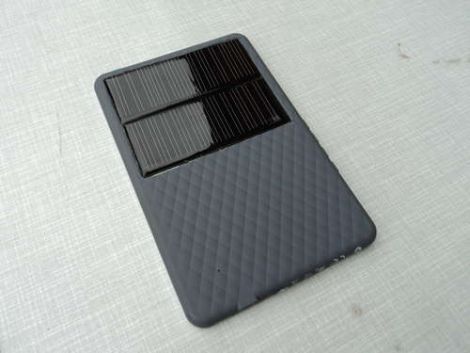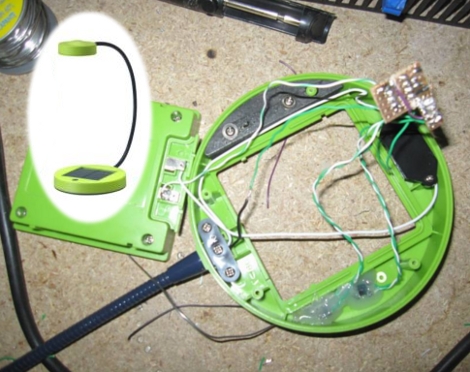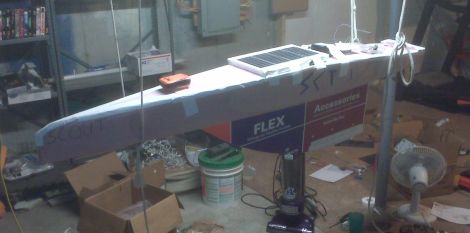The sun is a great source of energy, however, efficiently collecting this energy can be hard to do. One thing that can improve the results of solar use is to actually track the sun’s movement. [fanman1981] hooked up his own homebrew solar tracker using some pretty clever techniques.
For this hack he used two Harbor freight 45 Watt solar kits, some struts on the bottom, and a Dish Network satellite dish bracket hooked up to an “old school” antenna motor. Although one might think this device tracks the sun using some sort of sensor, it’s actually just a matter of hooking up the device to rotate at timed interval with a remote control. This interval is figured out with the benefit of some charts on livingonsolar.com.
To see it in use, check out the video after the break. He gives a good explanation about how everything was put together, but if you just want to see it move, fast forward to around 5:26, really quite impressive.

















